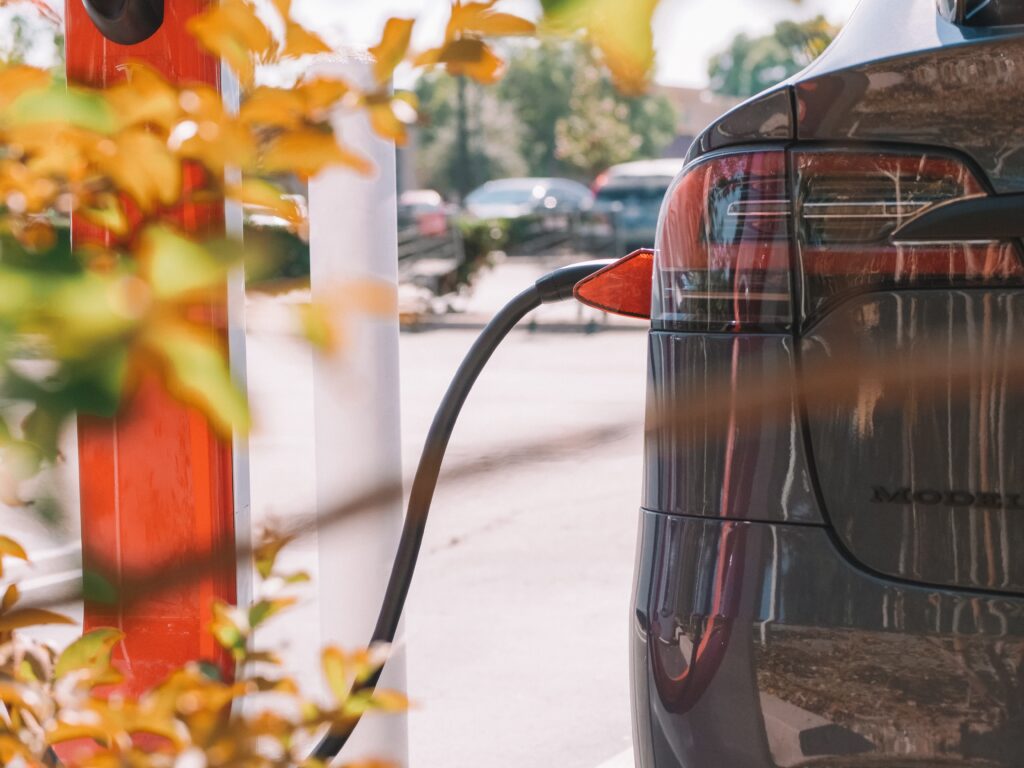
The Inflation Reduction Act contains a number of different modifications that affect the cost of EVs, including income restrictions and car price constraints. The choice of whether to purchase an electric vehicle right away or wait a few months might cost buyers thousands of dollars.
The Inflation Reduction Act, a significant tax, healthcare, and environmental measure, was signed by President Biden. The agreement has altered the criteria for which vehicles are eligible for an electric vehicle tax credit, including a new requirement that final assembly for orders made on or after August 16, 2022, must take place in North America.
As on January 1, 2023, additional changes take effect in the form of vehicle price caps and household income caps. An individual taxpayer’s modified adjusted gross income over $150k, a head of household’s modified adjusted gross income over $225k, and a joint taxpayer’s modified adjusted gross income over $300k will not be eligible for a new EV credit. No credit will be given for used EVs to individual taxpayers with MAGI above $75,000, head of household filers with MAGI over $112,500, or joint filers with MAGI over $150,000.
For the credits, taxpayers who are significantly over the new income thresholds must take action before the year is out. With some careful financial preparation, those who are close to the income thresholds can put themselves in a position to be eligible for the credits in 2023.
The old law’s maximum tax credit still applies under the new statute. Through 2032, EV customers can receive a credit of up to $7,500 for new electric vehicles. Additionally, a new tax credit of up to $4,000 or 30% of the sales price, whichever is smaller, will be available beginning in January and lasting through 2032 for used EVs.
Transitional rule for purchases made before August 16
Buyers of new EVs who signed a legally binding contract to do so before the effective date of August 16 may still be eligible for the credit under the previous regulations, even if they take possession of the car afterwards.
Purchases made between August 16 and December 31
Customers who purchase and take ownership of an EV during this time frame are restricted to vehicles with North American final assembly. Model years 2022 and 2023 cars and trucks that most likely meet the standard have already been compiled by the Energy Department.
Keep in mind that for this year, manufacturer caps still apply. This implies that no credits are offered to producers like Tesla who have already sold 200,000 EVs.
Purchases made after 2023
As of 2023, the manufacturer caps are removed. However, price ceilings, income restrictions, and new battery component regulations will reduce the number of automobiles that are eligible. Stay tuned for more DOE lists.
The price restrictions for brand-new EVs are $80,000 for trucks, SUVs, and vans and $55,000 for other types of vehicles. Used EVs must be purchased from a dealer, have a price cap of $25,000, and be at least two years old.
While many jurisdictions provide state tax advantages for EVs to everyone, certain states, like California, impose income restrictions on who may take advantage of them. Customers can look for state and local tax savings online with Plug In America by entering their ZIP Code.

